The Story of the Legendary Big Four of the South
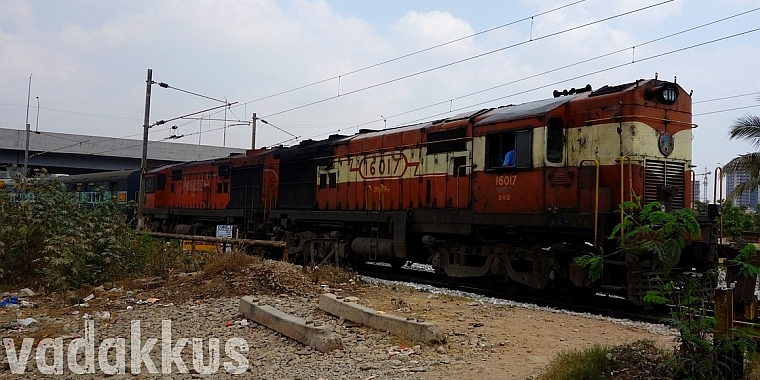
This is the story of some of the most illustrious, famous, prestigious and unique trains running on the Indian Railways’ network. They are not the kingly Rajdhani, the spirited Shatabdi, the elite Duronto or even the terribly-named but brilliant Garib Rath. They are technically just like any other Express train running in India, but are at the same time among the most well-known ones in the country, having long-standing fan followings, a terribly loyal passenger base and cult status, standing out head and shoulders among the rest by just by their self-explanatory names. They run with a lot of prestige, have high clearance on tracks, are fully booked weeks ahead and are referred to with love, belonging and passion. They are the legendary big four of the South – the Kerala, Karnataka, Tamil Nadu and Andhra Pradesh Express.
(Note: The AP Express mentioned here has now been renamed the Telangana Express)
How the South was Connected to New Delhi before the Big Four
For ages and a long time, the south was cut off from the rest of the country in terms of easy connectivity. Until 1973, only two out of the four southern capitals had direct rail connectivity to the far north and the national capital. The legendary, the historical, the illustrious 15/16 Grand Trunk (GT) Express connected Madras and New Delhi since seemingly ancient times (actually since 1929) while the comparatively less celebrated 21/22 Delhi Nizamuddin – Hyderabad Southern Express (today’s 12721/22 Dakshin Express) connected Hyderabad to New Delhi since 1955. Then there was also a 51/52 Madras – Nizamuddin Express (does not exist today) which would run attached to the Southern Express between Kazipet and Nizamuddin. The other two had no direct through train to Delhi. However, the GT had three “slip coaches” to/from Bangalore which would be detached/attached at Chennai and then would run to/from Bangalore attached to the 24/23 Bangalore – Madras Express (today’s 12610 Intercity), though it took an extra day. Kerala then was as ignored when it comes to the railways as it is today and had no rail connectivity whatsoever with New Delhi. People from the state had to first reach Madras and then board the GT to go North. It was said that all of South India travelled to Delhi in the GT which was the only consistent link between the capital of the nation and the deep South for exactly a century, right from when an unbroken direct railway line was built from the north to the south by the British.
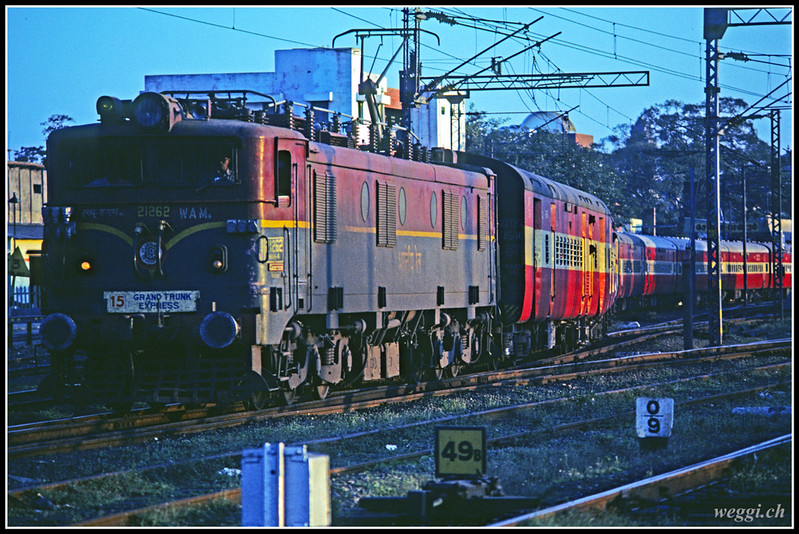
Then in 1973 were introduced a string of “Janata Expresses”, the famous “classless” trains which had all Second Class accommodation, a harebrained product reflecting the high-noon of Indian socialism. Their aim was to apparently promote equality among all of mankind and establish a classless society by forcing people to travel in uncomfortable sitting positions for ~3000 km. Two of these Janata Expresses provided direct access to the national capital from the south. The bi-weekly (later triweekly and then five times a week) 131/132 Delhi Nizamuddin – Mangalore/ Cochin (Jayanti) Janata Express (splitting/joining at Shoranur) gave Kerala and the South Canara region of Karnataka their first direct train to Delhi and many north Indian destinations. Another Janata was the 17/18 daily Madras – Delhi Janata Express which was soon after extended to Jammu Tawi, providing the third daily train from Madras to Delhi. However, the Janatas were not very popular and in around 20 years, all were discontinued or converted into standard expresses. The 12617/8 Mangala Lakshwadeep Express of today running between Ernakulam and Nizamuddin is the direct descendant of the 131/2 “Delhi” Jayanti Janata, while the 17/18 MAS – JAT Janata was converted, split and extended into three trains in 1988, the Andaman (MAS – JAT), Himasagar (CAPE – JAT) and Navyug (MAQ – JAT) Expresses of today.
How the TN, AP and KK Started Running
Even with the introduction of the Janata Expresses there was no reduction in the popularity and demand of the GT, thanks to the prestige, comfort, speed, reservation and reliability it offered. The GT had also started to run an AC service two days a week, known as GT/AC Express, complete with TVs which made the scramble for it even more as people from three states had to depend on it to travel to Delhi. So, 30 years after independence it finally dawned upon the powers that be that it wouldn’t hurt for the four state capitals of the south to have proper, fast, comfortable and practical connectivity with the capital of the nation. Demand was analyzed, slots were identified, rakes and crews were finalized. The result was three new separate Broad Gauge, diesel powered, fully reserved Superfast trains from New Delhi to the four Southern capitals with limited stops, high priority on the network, excellent accommodation and facilities and convenient timings. One triweekly and two biweekly trains would run on the same route from Delhi to the south on the same slot with gleaming rakes. They ran aggressive schedules on dedicated diesel power (the TN Express is said to even have had its own dedicated loco, ED WDM2 18321!) while most of India was running on steam, halting only once in a couple of hours, magnificently standing out from the rest of the clutter. They were given higher priority than all other trains and were at the time the most prestigious non-Rajdhani trains on the Indian Railway network. And in a masterstroke, they were named after the respective states whose capitals would be their destinations, giving them their identity and soul. The story and history of the Tamil Nadu Express, the Andhra Pradesh Express and the Kerala-Karnataka KK Express, later the Kerala and Karnataka Expresses, starts here.
On August 02, 1976, the Tamil Nadu Express left Chennai for New Delhi with a 13 coach rake hauled by a single WDM2 locomotive all the way. The Andhra Pradesh Express to Secunderabad and later Hyderabad was introduced as a bi-weekly on October 03 1976 with a consist of 14 coaches hauled by a WDM2 as well. But the two K-states, Kerala and Karnataka got only one single train (biweekly, again), which would serve both their capitals, Trivandrum and Bangalore, by the means of a split at Jolarpettai Jn. Named the Kerala-Karnataka Express or KK Express for short, its exact date of introduction is not known but is thought to be sometime late 1976 or early 1977 after Gauge Conversion of the Ernakulam – Trivandrum line from MG to BG was completed. But why didn’t the K-states get their own trains in the beginning? Maybe the railways thought there would not be enough demand to merit two separate trains, or maybe there was a constraint in infrastructure in terms of rakes, locomotives, line capacity, slot timings etc. However, since both trains would have to take the same route from Delhi till Jolarpettai thanks to the absence of any other Broad Gauge lines into Bangalore at the time, timetable planners must have thought it would be more beneficial if these trains were to run combined as people from both states would get a biweekly service instead of only weekly ones in case of dedicated services. The TN and KK were owned by Southern Railway (SR) while the AP Express belonged to South Central Railway (SCR). They were also the first trains to get the “Superfast” tag.
The Introductory 1977 Timetables of the TN, AP and KK Expresses
[ultimatetables 1 /]
Alternating amongst them, one each of the three trains would leave New Delhi at 0700 in the morning every day, heading south via the Delhi – Agra – Gwalior – Jhansi – Bhopal – Nagpur – Balharshah – Vijayawada – Madras Broad Gauge line. It had existed since the times of the British and was the only continuous BG line that ran from Delhi to the south. The three trains together in effect made up one single daily train out of New Delhi as they ran on the same timetable and time slot until Kazipet on different days of the week. From there the AP Express would take a right turn and go to Secunderabad. The KK and TN would continue on south on this line via Vijayawada. At Gudur, some 140 km before Chennai, the KK would also turn right, leaving the mainline to go via the Gudur-Renigunta-Arakkonam (Chennai bypass line), while the Tamil Nadu Express continued down all the way to Madras. The KK Express meanwhile would continue past Katpadi and arrive at Jolarpettai where it would meet the BG branch line to Bangalore. During a lengthy stop at Jolarpettai it would split into two parts. One of these parts would go to Bangalore via Bangarpet while the other one would continue on to Trivandrum via Erode, Coimbatore, Palakkad, Ernakulam and Kottayam. The opposite of all this would happen on the return journey, with all trains sharing their same route upwards from Kazipet, reaching New Delhi at 1340. They all had brand new coaches with the TN and AP sporting the same livery (red-cream-red) of the Rajdhanis of that day while the KK had a unique green and yellow liveried rake not in use today anymore. Their coach compositions consisted of AC 1 (today’s AC 2 tier), AC 2 (today’s AC Chair Car), 1 (non-AC First Class) and 2 (today’s Sleeper Class) accommodation classes with a Pantry Car and two luggage cars.
The legacy of the Big Four, from the Weeklies of 1977 to the Dailies of Today.
The three big supertrains were a big deal, almost akin to bullet trains suddenly replacing our express trains today. Travel time from Delhi to Hyderabad was suddenly cut down from 33 hours by the Southern Express to 23 by the AP Express! The TN Express in one shot reduced travel time from 37 hours by the GT to a cool 29.5 hours between Madras and Delhi. The KK express saved around 20 hours for passengers to Bangalore and more than a huge day and a half for people from Kerala! It is no wonder that they immediately garnered a lot of awe, respect and amazement, thanks to their fast runs, few stoppages, image and performance. People would gather around the tracks to watch the legends thunder past with their shining coaches and brand new diesel locomotives at a time when most trains were steam-powered.
In 1983 the KK was split into two separate trains, the Kerala and Karnataka Express. The frequency of all four trains was also increased with the Tamil Nadu (4 days a week) and the Karnataka Express (2 days) sharing the same time slot out of Delhi, leaving at 0615. The AP (4 days) and Kerala (2 days) shared another slot leaving at 1415. On the return leg, the slots were shared by TN and Kerala and AP and Karnataka respectively. The Karnataka Express initially ran one day via its old route on one day and via Kazipet – Secunderabad – Raichur – Guntakal – Dharmavaram – Yelahanka on the other, while the Kerala Express continued running on the KK’s old route. Heavy passenger demand made the rakes of all these trains to be augmented to an unprecedented 21 coaches, a record at that time. A single 2600 hp WDM2 could not handle such a heavy consist and as a result, all four were made impressively “double-headed”, hauled by two WDM2 ALCO locomotives, making them cult symbols among awestruck railfans and the general public across the country. The Karnataka Express continues this tradition even today, being hauled by two WDM3As between Bangalore and Manmad, while the other three run end-to-end on electric power.
By 1988, all the four trains had inevitably started running daily on their own time slots. The Karnataka Express was again rerouted via Dharmavaram – Guntakal – Gulbarga – Solapur – Daund – Manmad – Bhusawal – Itarsi as more gauge conversions were completed and the Bangalore Rajdhani was introduced via Secunderabad – Guntakal in 1992. Another interesting tidbit about these trains is that they have never been hauled by steam engines. Even the GT was running on steam for a part of its journey at the time the big three were introduced. The AP Express was the last to be augmented to 24 coaches on November 30, 1995. The AP and TN Express still run on their original routes while the Kerala Express has inherited the KK Express’ route and number minus the Bangalore part, but both the Karnataka and Kerala Expresses are still fondly called KK Express today. When it was made a daily, the Kerala Express was combined with the old Janata Express and was called the Kerala Mangala Express for a short time.
The Big Four of the South – the TN, AP and KK Today.
All four trains today are still high-priority premium superfasts with 24 coach consists, the maximum permissible on Indian Railways. They continue to enjoy very high patronage, prestige and cult status. Even after many new trains including Rajdhanis and Durontos having been introduced, the big four are still the most preferred trains on their routes. But with time, their uniqueness has eroded a lot thanks to bureaucracy, politics and general thoughtlessness of the railways. Their unique livery was taken away long back and they do not have anything to set them apart from the clutter today, save their prestigious names. When they started running in 1976-1977, the only stoppages these trains had on the combined parts were Jhansi, Bhopal, Nagpur and Balharshah (technical)! The AP then would stop at Kazipet and the TN and KK at Vijayawada. Imagine, no stops at Agra, Gwalior, Itarsi, Gudur, Renigunta… This held until 1992 when Agra and Gwalior were added to the list of stops. It has all been downhill ever since with the Kerala Express suffering the most. From 12 in 1978 the train has fallen from grace with a whopping 40 stops today. The TN express has managed to survive somewhat unscathed with only 10 stops even today. Even then, with far more advanced locomotives, signalling systems, tracks and computerized section controlling, speed and operation timings have substantially increased! Yes, these trains used to run faster in 1977 than they do today in 2014! Have a look.
[ws_table id=”17″]
Though the Karnataka Express’ route has much changed since then the distance is still almost the same!
The four Southern kings were an important step forward in the development of the country because the mobility of the people is the primary driver of development and the economy. They revolutionized long-distance travel in an era when cross-country travel was an ordeal most people would look at with dread. It will not be wrong to say that they contributing a lot towards bridging the north-south divide (all southerners are not Madrasis?), bringing the country closer and also opening up opportunities to people across the country. These trains should be brought back to their glory days. Running time has to be reduced by doing away with un-necessary stops and facilities on them have to be improved. As a start, fully LHB rakes should be allotted to all the four trains on a priority basis and later, they must be the first ones whose entire rake is to be replaced by EMU trainsets as part of IR’s current modernization programme. Traveling on these trains was an experience once upon a time which needs to be brought back. Because these trains and their passengers deserve much better!

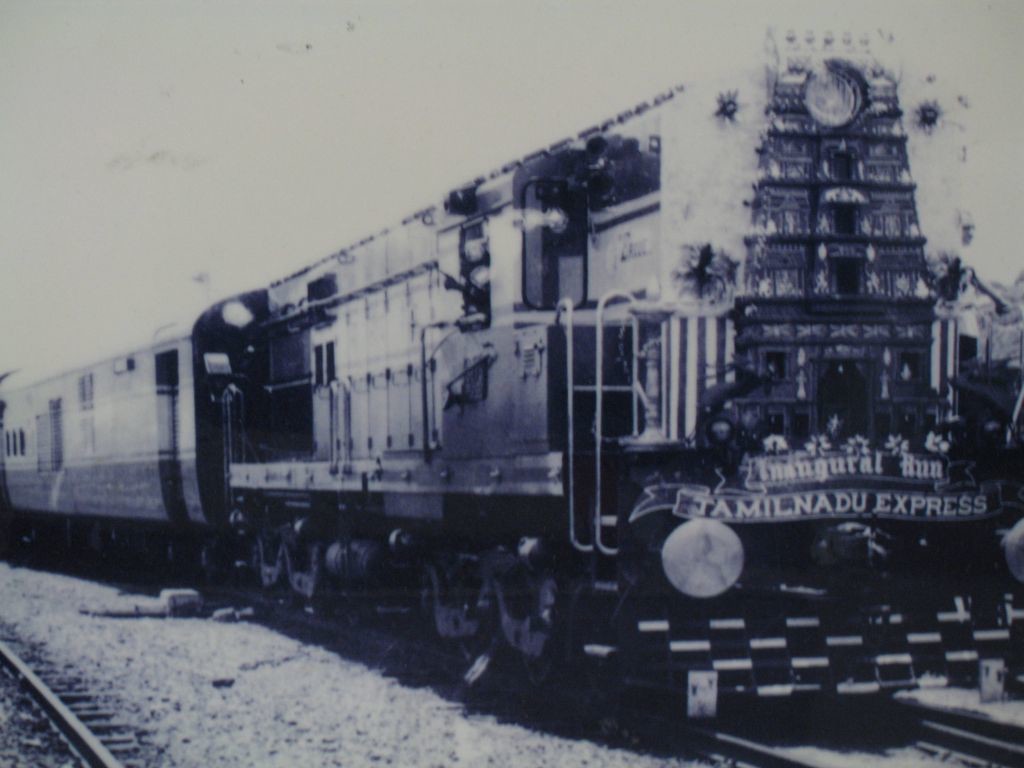
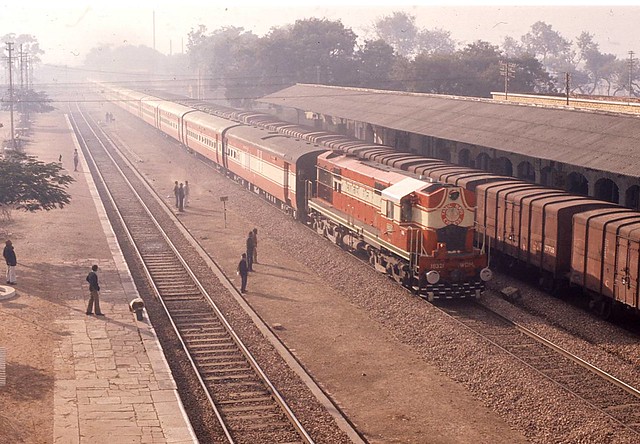
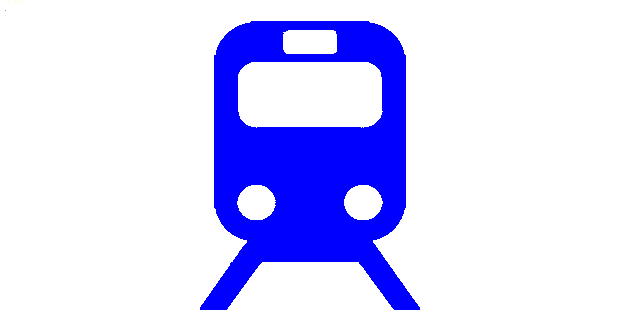
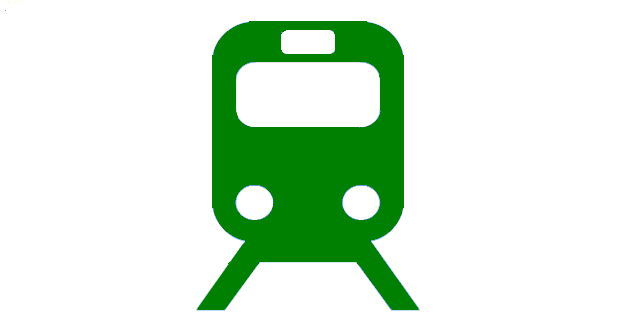
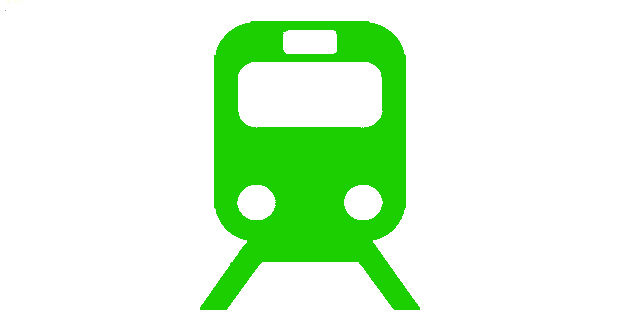
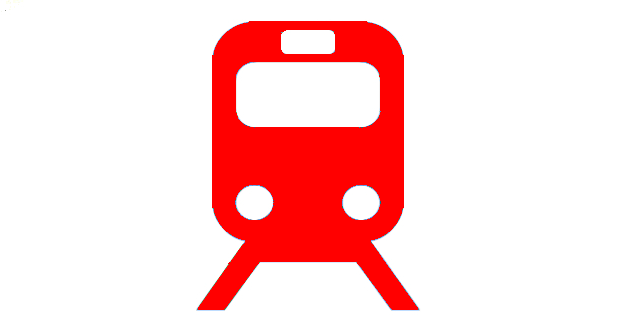
Another addition to the mess—>
They added the new AP-AC Express recently, after division of AP & Telangana… With all LHB coaches…
First they planned it to Vijayawada, then extended it to Vizag… And then from Trii-Weekly to daily…
Existing train from Vizag to Delhi, Swarna Jayanthi runs for 32 hours… This new AC Express takes 37 hours…
And this train is not even half full daily…
A small note on the running of the KK express. Its been mentioned in the article that the KK express ran via Tirupathi/chittoor/Katpadi Line. However this is not true. The KK express would bypass Arakonnam and run via renigunta on towards Gudur. The train would not touch Tirupathi. Moreover the mentioned TPTY-CTO-KPD line was MG until 2002. Only after gauge conversion was the kerala express diverted through this line.
Four wonderful trains, that can still do good for the States they serve, but plagued by politics and bureaucracy. There’s absolutely no point in having these silly stops to slow down these trains, which cover a very long distance. That these stops were introduced is proof of the lack of regional rail connectivity across the country, and that these stops were loaded to slow down the trains is proof that our Railway Ministers of old didn’t care about Railways’ best interests.
The stops chosen can frustrate railfans and travel enthusiasts alike. I can understand a Karnataka Express loaded with stops from Karnataka- because it’s the Karnataka Express. Why load it with silly stops from Andhra, Maharashtra, MP, CG, UP, Haryana and Delhi? Don’t those regions have trains of their own to connect to both Delhi and the Southern States, and also each other?
Then there’s the stupidity of the Sampark Kranti trains. I do not see any genuine connection revolution, as the name suggests- they’re even slower than the same SFs that ply along the same route, despite having a fraction of the stop counts. The Kerala Sampark Kranti is a laughing stock, because it takes four hours more than the Kerala Express, despite stopping a mere 19 times in comparison to the veteran Kerala Express that stops 42 times. They created more problems than solutions. The solution would be to have as few as 19 stops on the Kerala Express, and have feeder trains from the extra stops that cater to the main stops, with regular service. Instead, we have two long-distance trains, slow and slower, outright chaotic and impossible to run on time.
The very least that can be done, if removing stops isn’t a priority, is double the tracks along which each of these trains run, then electrify them, so that they can run at the speeds they used to in the past. The electric phases of the Karnataka Express are proof of it. Then they can try running these trains with twin locomotives. Either way, it’s time to withdraw the Sampark Kranti trains as they serve no purpose these days.